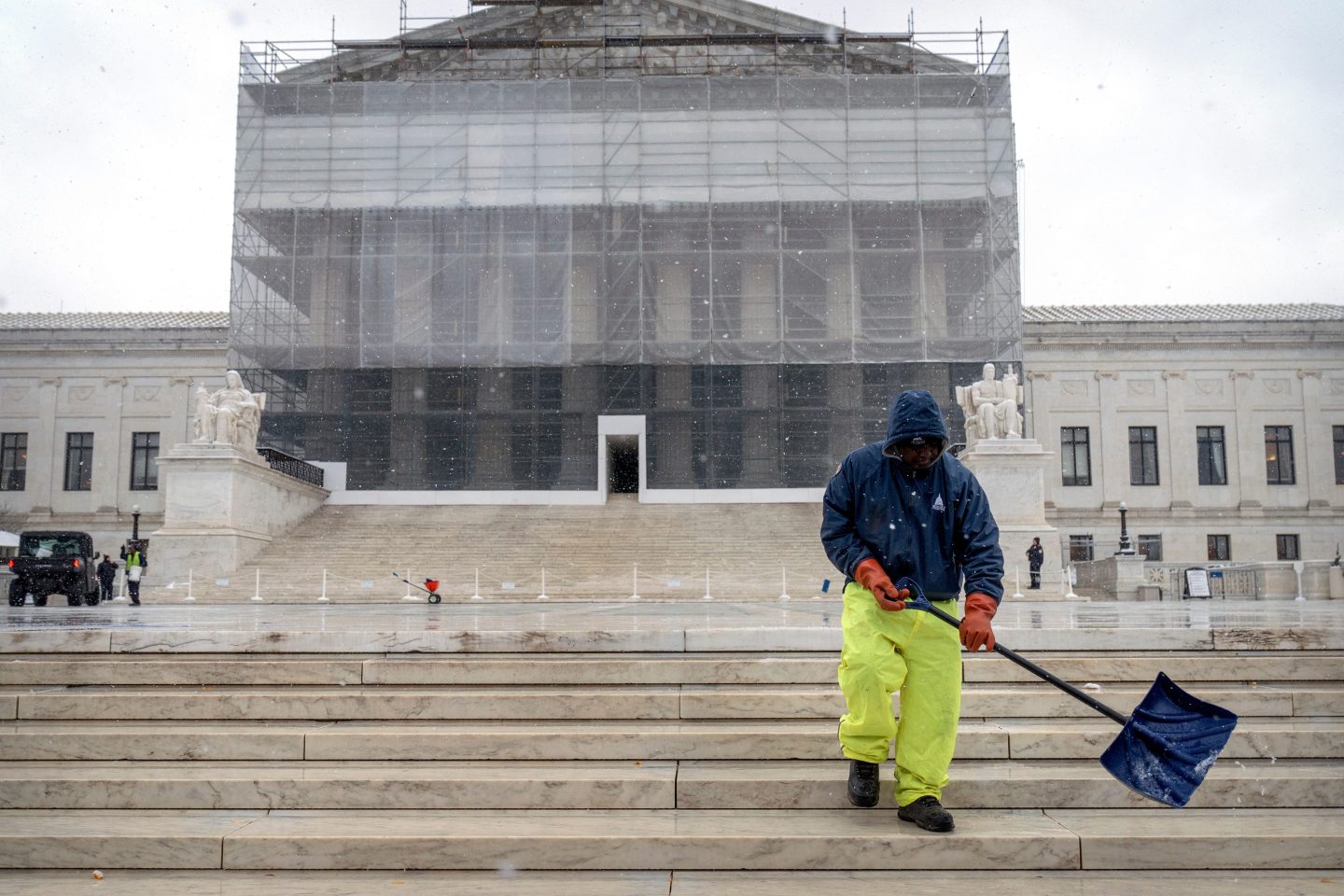The dollar extended its recent surge, hitting a new six-year high against the yen and a new two-year high against the euro after a barrage of data that suggested that two of the developed world’s big three economies are still struggling.
A surprise increase of 13,000 in German joblessness in September reinforced market expectations that the European Central Bank will have to offer more stimulus to prop up the Eurozone economy when its council meets on Thursday–all the more so since figures from Eurostat showed the region’s inflation rate falling to 0.3%, its lowest since November 2009 and far below the ECB’s target of just under 2%.
The euro fell below $1.26 for the first time since August 2012 on the news, as markets took more aggressive bets on ECB action. The central bank’s hope of supporting the economy through a new program of cheap long-term loans and limited purchases of private-sector bonds had got off to an underwhelming start earlier this month.
An increasing number of economists expect it to announce a more broad-based program of bond purchases in the next few months, betting that the slowdown in the German economy will undermine long-standing political objections to more radical monetary policy.
Separately, Eurostat also announced that the jobless rate in the Eurozone stayed stuck at 11.5% in August, in seasonally-adjusted terms–nearly twice the 6.1% rate in the U.S.. The figures for youth unemployment continued to shock, with more than half of people under 25 in Spain and Greece out of work.
The dollar also strengthened against the British pound after figures showing that house prices fell 0.2% in September, taking the pressure for an interest rate hike off the Bank of England. The annual rate of increase in house prices fell to 9.4%, its lowest in nearly six months.
In Asia, meanwhile, the yen suffered after figures showing a 1.5% drop in industrial output in August, which overshadowed positive surprises from the jobless rate falling to a 17-year low of 3.5% and signs that wages are rising again. The country has struggled to keep its economic momentum since implementing a 5% increase in value-added tax in the spring, and has been held back, in part, by a broader slowdown in south-east Asia driven by China.
A closely-watched estimate of China’s factory output, the HSBC purchasing managers’ index for manufacturing, was revised down earlier Tuesday, leaving the final reading unchanged from August at 50.2, rather than the 50.5 initially reported.






